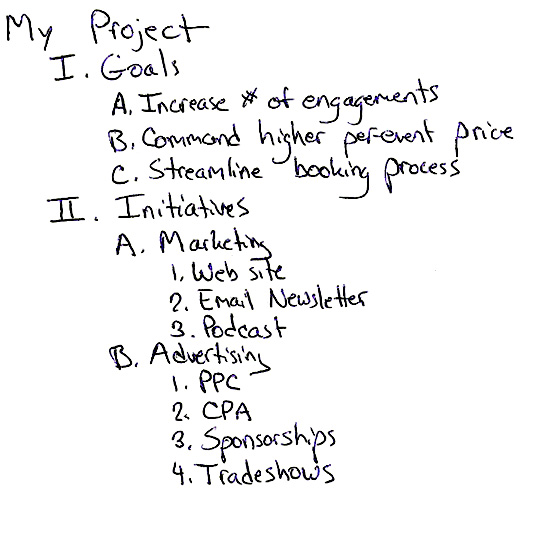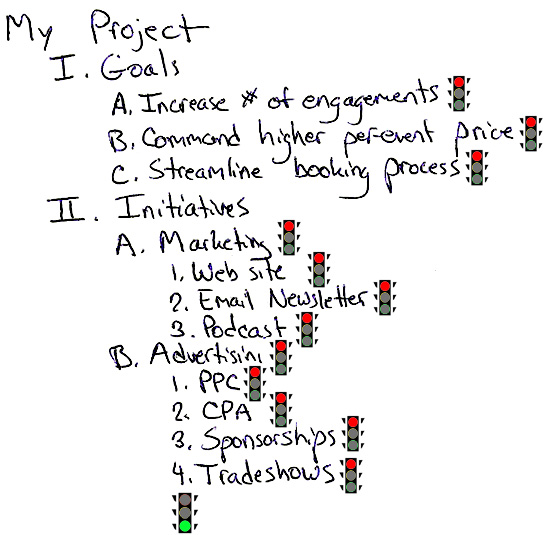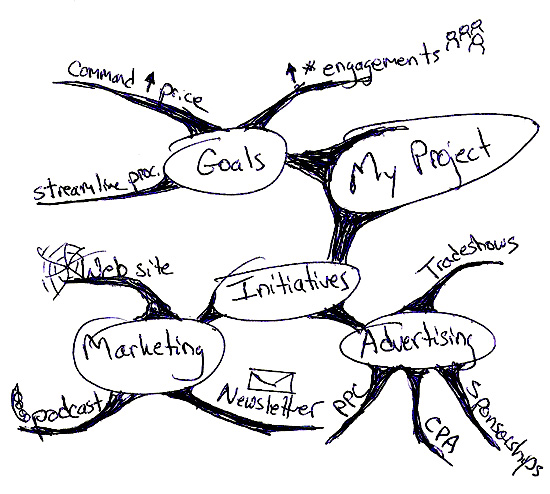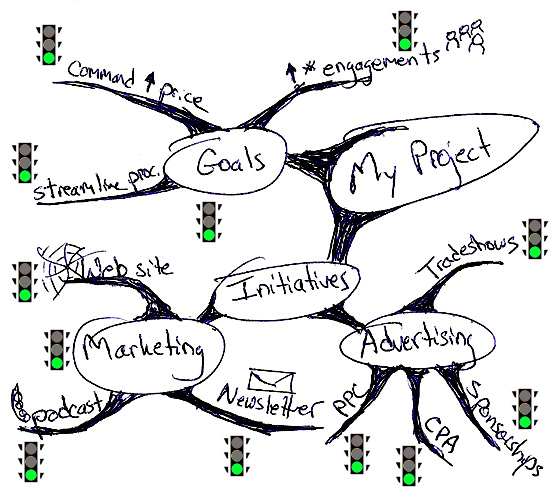If I can make it there, I’ll make it anywhere.
It’s up to you – New York, New York.
-Frank Sinatra
This is a rumination on those tiny binary crossroad moments where it could go either way and the mechanics of what happens in those split-second daily junctures where (as yoda would say), you either “do or do not.” Let’s take these situations: either you’re going to…
There’s a whole study in Psychology called “Cognitive Dissonance Theory” that basically says we humans don’t like to have incompatible beliefs and behaviors. We’ll twist one or the other in the strangest ways until they can live together in harmony. So that decision to hit the snooze button in the morning is rationalized by a single lightning thought like “it looks overcast this morning, I bet it’s a good chance it will rain on my run and I don’t want to risk getting sick so I’ll skip today.” Pick any excuse for any situation- there are an infinite number of ways to justify a cop-out. But think about this:
 Think of those moments in which you successfully resisted the temptation to hit the snooze button. Decompile that scene right down to the very nanosecond before that choice was made when you were still 50/50. Now what happened? What neuron fired that allowed you to overcome the inertia of comfort, put your feet on the cold floor, suit up and start running? Is it possible to bottle that mental sequence and reliably repeat it. Is there a formulaic approach to consistently perform better in this situation? Maybe not perfectly (because nobody is) but let’s say to be 70% effective vs. 30% at overcoming the inertia of comfort. I think there is and I’ll try and verbalize what I believe the crux of the technique is.
Think of those moments in which you successfully resisted the temptation to hit the snooze button. Decompile that scene right down to the very nanosecond before that choice was made when you were still 50/50. Now what happened? What neuron fired that allowed you to overcome the inertia of comfort, put your feet on the cold floor, suit up and start running? Is it possible to bottle that mental sequence and reliably repeat it. Is there a formulaic approach to consistently perform better in this situation? Maybe not perfectly (because nobody is) but let’s say to be 70% effective vs. 30% at overcoming the inertia of comfort. I think there is and I’ll try and verbalize what I believe the crux of the technique is.
It’s not so much about “Just Do It” as is about suppressing the mind while you allow muscle memory to carry you through the “New York New York” moment. I just made up that term, but I use it to refer to the tipping point at which “if you can make it there, you can make it anywhere.” I’ve definitely bailed on my share of morning runs, chickened out in talking to girls, procrastinated on starting a project, etc. But there’s a point at which if I can get at least one running shoe on, that I’m inevitably going to make it out the door and complete the run.
For David Allen fans, this is the concept of breaking up a daunting task on your todo list into bite-sized chunks and clearing the nebulous-ness that gridlocks action. For me the key to making that morning run comes down to being able to distract my mind long enough until I can get one running shoe on. That’s the magic crest of the hill for me- the point at which gravity starts working with me instead of against. I’ve literally had socks on before and ended up falling back into the covers because the thought of cold air won out. But the single shoe for me is the magic point-of-no-return.
I realize this insight is probably about as useful as the “bend one of the flaps” advice. But I figured I’d share because maybe this helps one person overcome a mental obstacle. So the question becomes – how do you suppress your mind long enough to get the shoe on? My advice: find some mental activity you can use to sap just enough cycles to distract your mind and then lay out your outfit within arm’s reach the night before to minimize the distraction time necessary to get to the tipping point. In highschool we had to memorize this 15-stanza poem called The Cremation of Sam McGee. As much as that sucked, it’s been a useful tool because I still remember the entire thing by heart and yet it draws enough mental cycles to get the verses ordered right where I can use it as a mental distraction for “New York, New York” moments.
So my challenge to you:

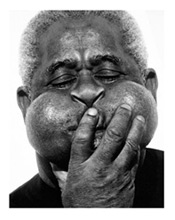 A thought occurred to me this morning while I was swishing mouthwash before heading out the door. All the commercials you see for Scope and Listerine show these people taking a giant gulp of mouthwash and swishing it around with cheeks puffed out like Dizzy Gilespie (watch for it next time, it’s pretty funny). And my inclination is always to take a big swig. In reality though, it takes exactly one sip of mouthwash to achieve the same benefit (probably 1/10th of what they show in a commercial). It’s obviously in their best interest, however, that you take a huge pull so you buy another bottle in 2wks.
A thought occurred to me this morning while I was swishing mouthwash before heading out the door. All the commercials you see for Scope and Listerine show these people taking a giant gulp of mouthwash and swishing it around with cheeks puffed out like Dizzy Gilespie (watch for it next time, it’s pretty funny). And my inclination is always to take a big swig. In reality though, it takes exactly one sip of mouthwash to achieve the same benefit (probably 1/10th of what they show in a commercial). It’s obviously in their best interest, however, that you take a huge pull so you buy another bottle in 2wks. 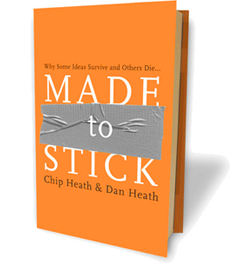

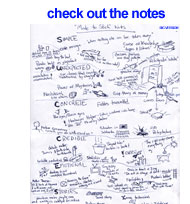
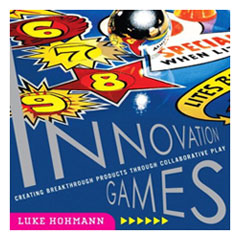 Six months ago I was contacted by the publisher Addison-Wesley and invited to review a manuscript for a book called
Six months ago I was contacted by the publisher Addison-Wesley and invited to review a manuscript for a book called 